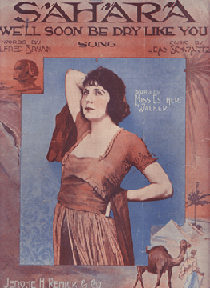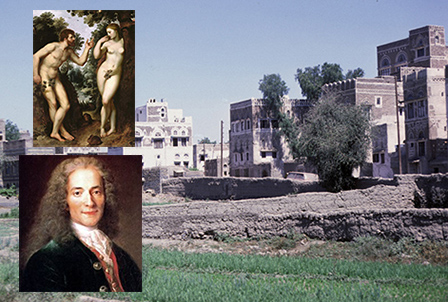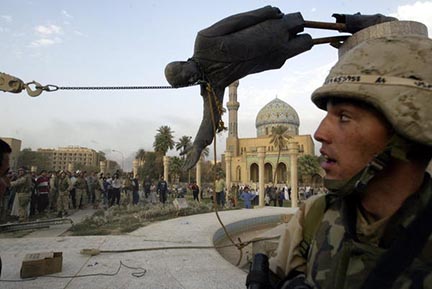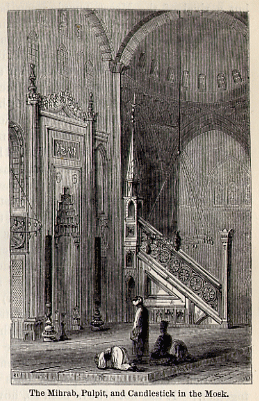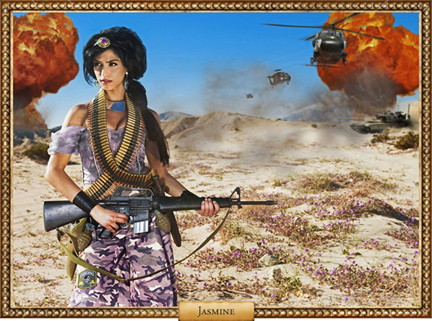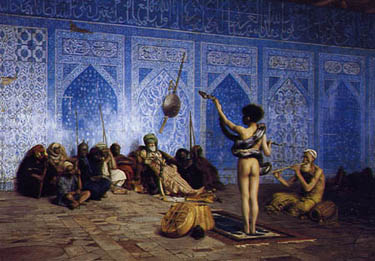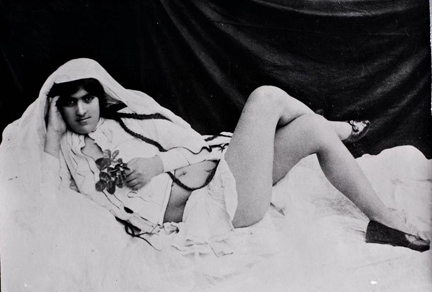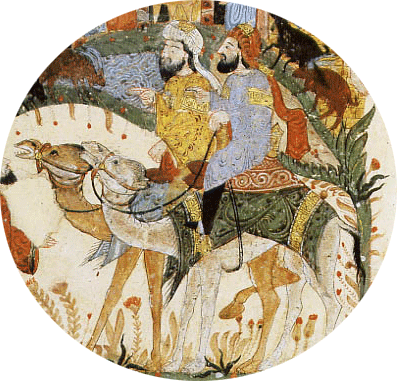
One of the most entertaining Arabic compendia on animal life, taken in the loose sense of the term for things that breathe or are thought to breathe, is the Hayât al-Hayawân (Life of Animals) of the Egyptian savant Kamâl al-Dîn Muhammad ibn Mûsâ al-Damîrî. Writing a century before Columbus discovered America, al-Damiri spins stories about animals with a variety of folklore about uses of animal products and parts. A scientist would no doubt shudder at the magical and literary focus of the text, only occasionally finding description useful today. A partial English translation was made by a British officer, Lieutenant-Colonel Jayakar, and published in two volumes in 1906 and 1908 in India. Unfortunately, this text is virtually inaccessible. I have looked at two copies, one in the New York Public Library and the other at the Library of Congress, and only with trepidation have I turned the fragile pages in this poorly bound volume. So far there is no digital version, which is a shame, since it is a delight to read.
Our author was a prolific copyist, quoting from over 800 other authors and providing a thousand entries, some simply an animal’s name and its more common synonym. Ironically, Jayakar’s Victorian sensitivity makes the translation as much an oddity as the primary work. Continue reading Tabsir Redux: Animal House in the 15th Century: Part 1
